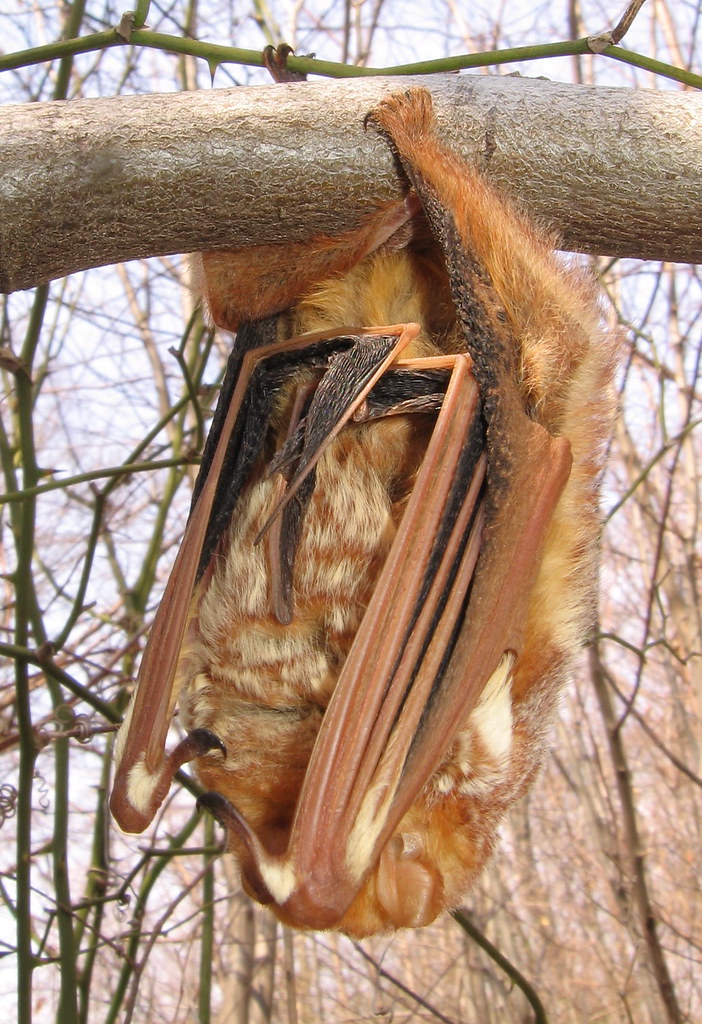We have much more to do and your continued support is needed now more than ever.
Too soon to determine changes in raptor migration patterns

It’s not in the Guinness book but on Oct. 11, 2008 volunteers and scientists from Hawkwatch International set a world record for logging the most peregrine falcons ever seen in a single day, 638.
The count took place during the 10th-annual raptor migration count at Curry Hammock State Park on Little Crawl Key in the Florida Keys; the last year before funding disappeared; five years short of having data that provides reasonably precise estimates of population trends, according to researchers.
Raptors that migrate through the Keys come from as far away as New England, Canada and the Midwest. Eight species are counted (others are “noted”): osprey, northern harrier, sharp-shinned hawk, Cooper’s hawk, broad-winged hawk, American kestrel, merlin and peregrine falcon.
To discover changes in population trends will require at least 10-15 consecutive years of data, according to Ernesto Ruelas, postdoctoral fellow and Raptor Population Index project manager for the Hawk Migration Association of North America (HMANA). Hence the disappointment at losing 2009 and the excitement over HMANA restarting the count for 2010.
“The importance of the Curry Hammock site, and the Florida Keys in general, is it’s the last point on the Atlantic seaboard where you can track the migration before the birds head off to Cuba, the Yucatan Peninsula, the West Indies and Central and South America,” said Ruelas.
Though no oil flowed onto the shores of the Florida Keys and South Florida — an estimated 206 million gallons of oil were pushed into the Gulf of Mexico — trend analyses of raptor migration will become especially important.
“In 2004 and 2005 we started to consolidate the data and develop tools for analysis,” said Ruelas. “Right now we can use long-term data to figure out how populations are doing, but to find the causes why populations are going up or down requires further research. In many cases we can connect the dots with other sites and data sets to understand population trends.”
The connect-the-dots approach will include postulating about food sources, especially those impacted by the spill. Ospreys, of course, feed on fish. Merlins, small falcons sometimes called pigeon hawks, will attack shore birds like sandpipers. Migrating raptors feed on birds or small mammals, supplementing their diets with reptiles and frogs, which populate coastal wetlands and offshore islands.
If over the next five or so years, migration counts continue and show a marked decrease, one might conclude the oil spill has claimed victims from hundreds, even thousands of miles distant.





















